slope with old, dying junipers
ljrd3
11 years ago
Related Stories
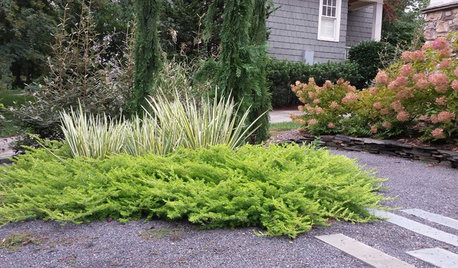
PLANTING IDEASThese Aren’t Your Grandparents’ Junipers
Dislike junipers? Maybe it’s time to discover new varieties and new uses for this garden workhorse
Full Story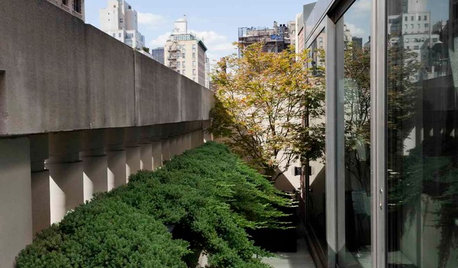
GARDENING GUIDESGreat Design Plant: Creeping Juniper Holds Its Ground
Add texture and evergreen interest to a layered garden with this low-maintenance, good-looking ground cover
Full Story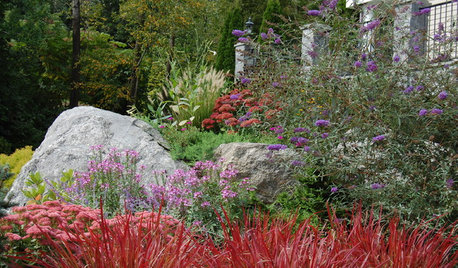
LANDSCAPE DESIGNHow to Design a Great Garden on a Sloped Lot
Get a designer's tips for turning a hillside yard into the beautiful garden you’ve been dreaming of
Full Story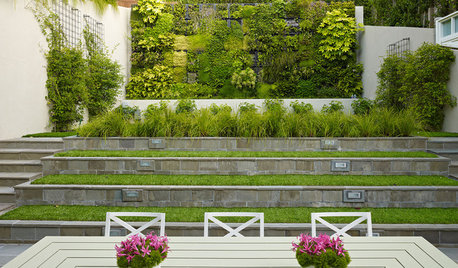
LANDSCAPE DESIGN11 Design Solutions for Sloping Backyards
Hit the garden slopes running with these bright ideas for terraces, zones, paths and more
Full Story
REMODELING GUIDESThe Hidden Problems in Old Houses
Before snatching up an old home, get to know what you’re in for by understanding the potential horrors that lurk below the surface
Full Story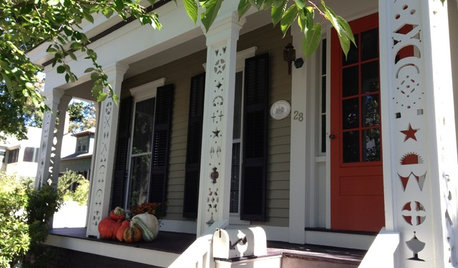
LIFEAge Is Just a Number: Houzzers’ Homes Old and New
Hear the stories behind homes ages 1 to 171, then share yours
Full Story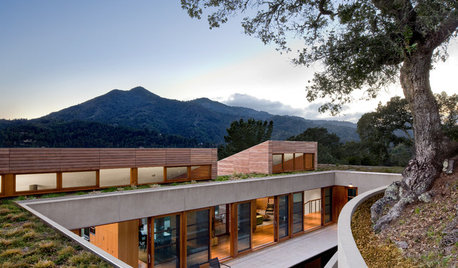
MODERN ARCHITECTUREVisit a California Hillside House Rooted in Nature
Walls of windows open to stunning mountain and bay views on one side and a serene pool courtyard on the other
Full Story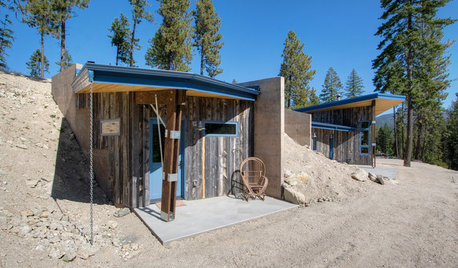
HOUZZ TOURSHouzz Tour: Having Fun With a Half-Buried House
Layers of dirt help create energy efficiency and an unusual look on a steep slope in Washington state
Full Story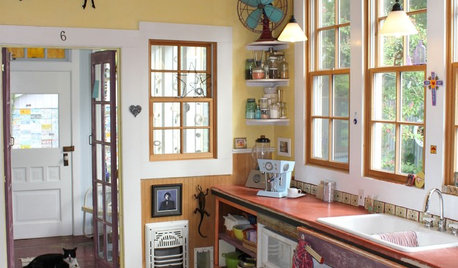
KITCHEN DESIGNKitchen of the Week: Quirky Texas Remodel
Playful Remodel Amps Up the Personality of 130-Year-Old Kitchen
Full Story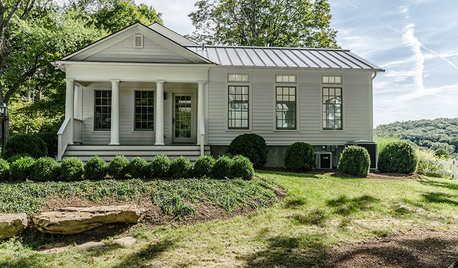
HOUZZ TOURSHouzz Tour: A Revolutionary Renovation in Connecticut
A 200-year-old farmhouse retains elements of its past, like reclaimed wood, yet feels decidedly modern. Yoga, anyone?
Full StoryMore Discussions






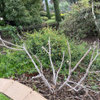
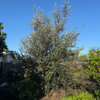
JXBrown (Sunset 24, N San Diego County)
ljrd3Original Author
Related Professionals
New Bedford Landscape Architects & Landscape Designers · Lowell Landscape Architects & Landscape Designers · Oconomowoc Landscape Architects & Landscape Designers · Towson Landscape Architects & Landscape Designers · Forest City Landscape Architects & Landscape Designers · Bloomington Landscape Contractors · Fishers Landscape Contractors · Kaysville Landscape Contractors · Lynn Landscape Contractors · New Baltimore Landscape Contractors · Setauket-East Setauket Landscape Contractors · Northlake Landscape Contractors · Drexel Hill Swimming Pool Builders · DeLand Window Contractors · Enumclaw Window Contractorscalistoga_al ca 15 usda 9
JXBrown (Sunset 24, N San Diego County)
calistoga_al ca 15 usda 9
nil13
nil13
hoovb zone 9 sunset 23
ljrd3Original Author
JXBrown (Sunset 24, N San Diego County)
ljrd3Original Author
gyr_falcon